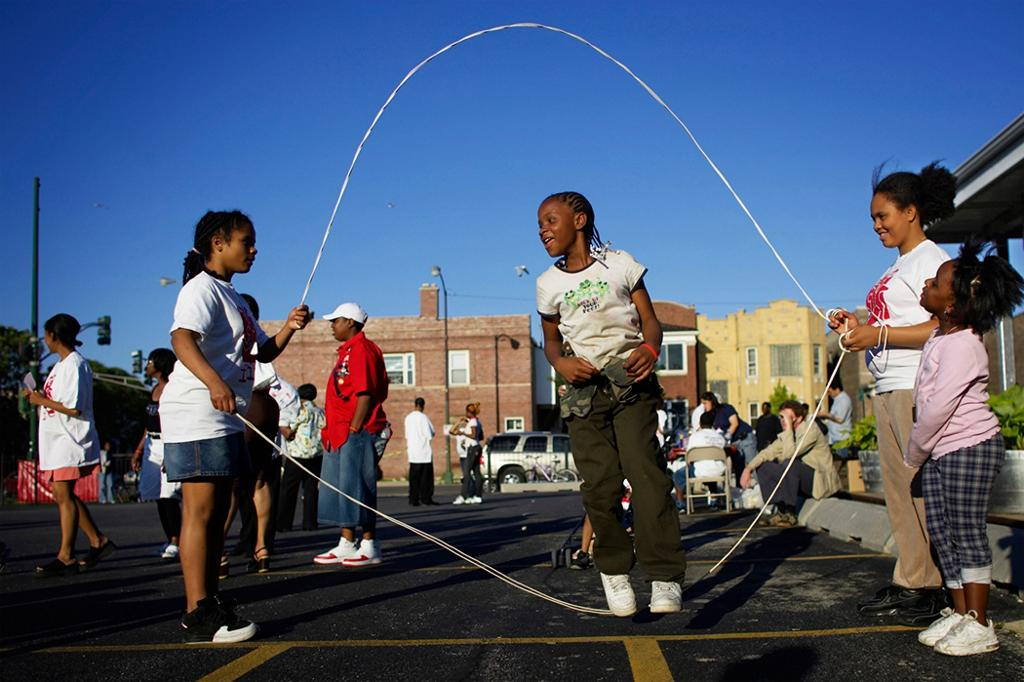Part 5 in a series of blogs on Violence in Childhood by Jule Voss, Evie Hollerbach, and Mohammed Alshurafa.
According to the World Bank, one billion people, or 15 percent of the world’s population, experience some form of disability.[1] This includes an estimated 93 million children with disabilities who are often forgotten and discriminated against in their schools, families, and communities.[2]
Childhood disability is both a risk factor and consequence of violence.
In conflict-affected countries, children may become disabled as a result of indiscriminate violence against civilians or while participating in confrontations themselves as child soldiers. In 2017, the UN Secretary-General’s report documented more cases of children recruited and used as soldiers in Somalia than in any other country in the world.[3] These represent serious violations of international law including the Geneva Conventions (1949) and the Convention on the Rights of the Child (1989) and have been identified and condemned by the UN Security Council as among the six grave violations against children in armed conflict.[4]
Children with disabilities are also particularly vulnerable in fragile and conflict-affected states due to the breakdown of health care, transportation, and other social services.[5] For children who require ongoing medical care and rehabilitative services, this situation can lead to the worsening of existing health challenges and new and secondary conditions.
Even after a conflict has ended, the danger to children may continue as a result of indiscriminate weapons such as nuclear bombs, chemical weapons, and anti-personal land mines, all of which have been banned under international law. When these weapons have been deployed, however, children are often the most vulnerable and risk becoming a victim of weapon used in a war before they were even born.
Regardless of how they came to be disabled, children with disabilities are also more likely to experience violence in the future. Recent research in Denmark found that children with disabilities are more likely to be victims of a reported violent crime than non-disabled children, even when adjusted for confounding risk factors and age.[6] Specially, the study found that:
- Children with ADHD or developmental disabilities were 2.7 times more likely to be victims of violence.
- Autistic children were 2.6 times more likely to be victims of violence.
- Deaf children and children with hearing loss were 1.4 times more likely to be victims of violence.
- Blind children were 2.0 times more likely to be victims of violence.
- Children with a brain injury were 1.8 times more likely to experience violence.
- Children with physical disabilities were 1.4 times more likely to be victims of violence.
This disparity is the result of widespread discrimination against children with disabilities and the lack of accessibility of social services, reporting mechanisms, and other forms of support that make them more vulnerable to violence, including physical, emotional, and sexual violence and abuse.
Disabled children may also be at higher risk for exploitation by criminal gangs, leading to high levels of exposure to violence. Anecdotal evidence suggests that children with developmental disabilities may be especially vulnerable as gang members consider them easy targets for recruitment.[7] This link between gang recruitment and disability has been documented across the globe including in the UK[8] and El Salvador[9] and is rooted in inaccessibility and social stigmas which make disabled children more socially-isolated and vulnerable than their able-bodied peers.
Violence against children with disabilities is a relatively understudied area, especially outside of the United States and Europe. A meta-analysis by Jones et al. in 2012 found that estimates of the prevalence of violence against children with disabilities globally ranged from 5 percent to 68 percent, with a pooled estimate of 27 percent.[10]
In another study focused on violence against children with disabilities in West Africa, researchers found that children with intellectual disabilities faced the most discrimination, and children with all forms of disabilities were more likely to experience several types of abuse, including physical assault on the way to and from school and ridicule and verbal abuse from both peers and adults.[11]
Even with this limited evidence, it is clear that violence against children with disabilities is a serious problem, and violence prevention is an essential component of disability rights in every region of the world.
For disabled and non-disabled children alike, the experience of violence in childhood leads to long-term consequences for brain development and life outcomes. Only through an intersectional perspective that recognizes the unique barriers faced by children of all social identities, including disability, gender, race, color, religion, national origin, socio-economic background, and immigration status, can we fully understand the issue of violence in childhood and the importance of violence prevention.
Will you join Cure Violence Global in striving toward a world without violence for everyone?
[1] https://www.worldbank.org/en/topic/disability#1
[2] https://www.unicefusa.org/mission/protect/disabilities
[3] UN General Assembly Security Council (2018, May 16). Children and armed conflict. Report of the
Secretary-General. A/72/865-S/2018/465. https://undocs.org/s/2018/465.
[4] https://childrenandarmedconflict.un.org/publications/WorkingPaper-1_SixGraveViolationsLegalFoundation.pdf
[5] https://sites.unicef.org/disabilities/files/Children_with_Disabilities_in_Situations_of_Armed_Conflict-Discussion_Paper.pdf
[6] Christoffersen M. N. (2019). Violent crime against children with disabilities: A nationwide prospective birth cohort-study. Child abuse & neglect, 98, 104150. https://doi.org/10.1016/j.chiabu.2019.104150.
[7] Devine, D. (2019). “Countless” SEND children groomed by drug trafficking gangs. Learning Disability Today. https://www.learningdisabilitytoday.co.uk/2019/countless-send-groomed-by-drug-trafficking-gangs.
[8] Lee, J. (2021). Terror gang recruited man with learning difficulties. https://www.belfasttelegraph.co.uk/sunday-life/news/terror-gangrecruited-man-with-learning-difficulties-40456853.html.
[9] Young, P. (2016). How gangs in El Salvador recruit: Canadian report. https://longislandwins.com/news/national/gangs-el-salvador-recruit-canadian-report/.
[10] Jones, L., Bellis, M. A., Wood, S., Hughes, K., McCoy, E., Eckley, L., Bates, G., Mikton, C., Shakespeare, T., & Officer, A. (2012). Prevalence and risk of violence against children with disabilities: A systematic review and meta-analysis of observational studies. The Lancet, 380(9845), 899–907. https://doi.org/10.1016/S0140-6736(12)60692-8.
[11] Njelesani, J., Hashemi, G., Cameron, C., Cameron, D., Richard, D., & Parnes, P. (2018). From the day they are born: A qualitative study exploring violence against children with disabilities in West Africa. BMC Public Health, 18(1), 153. https://doi.org/10.1186/s12889-018-5057-x.


